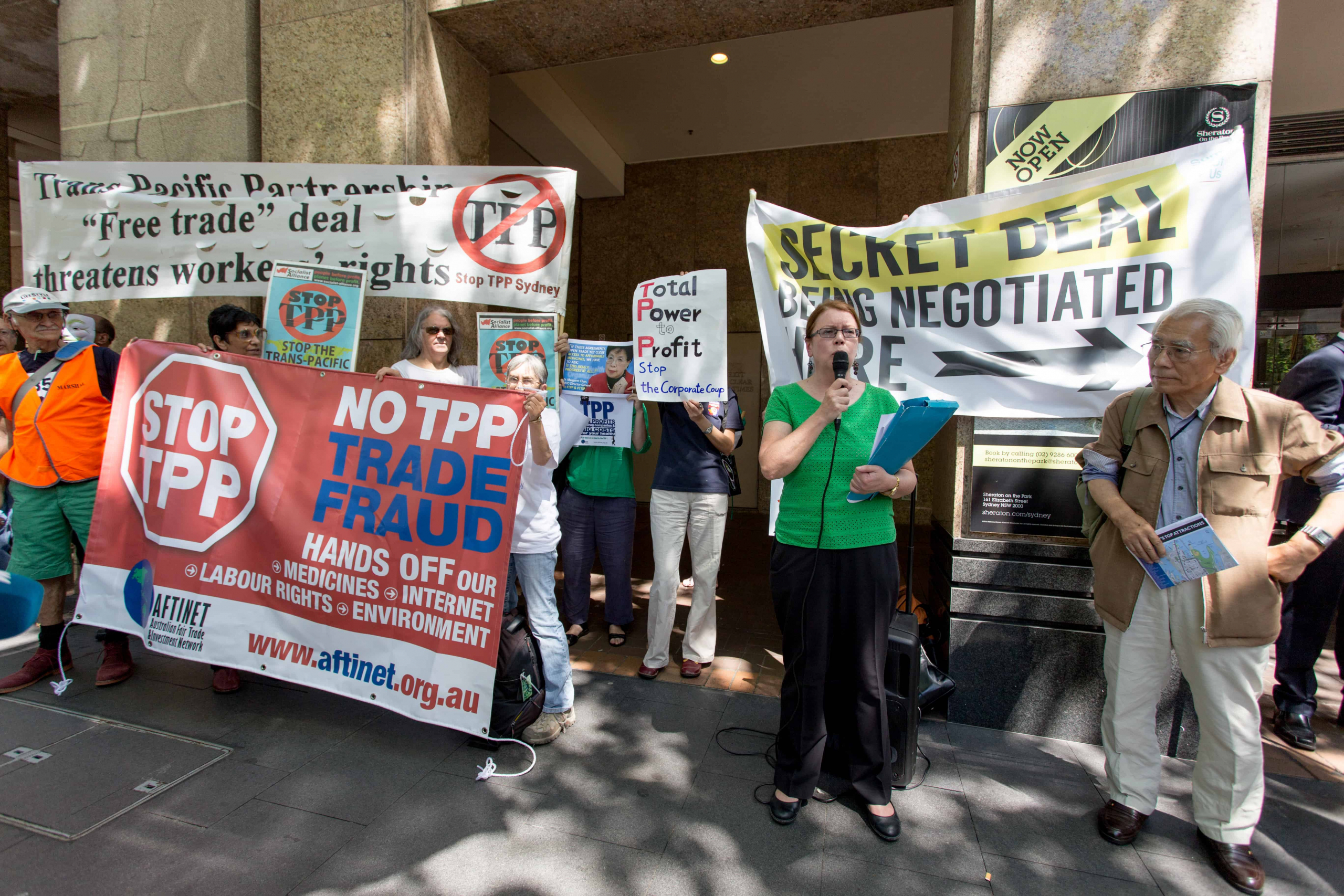Initiated by the United States and signed by 12 Pacific-Rim countries including Canada, the Trans-Pacific Partnership Agreement (TPP) is arguably the most ambitious free trade agreement in history. The TPP has sparked protests across Canada and has frequently been criticized at U of T.
Despite backlash from some sources, it is interesting that the data used to evaluate the TPP is not as solid as it may seem on the surface. We must keep this in mind when evaluating the TPP’s true effects on Canada.
This is important because the TPP may directly impact students themselves. Therefore, it is crucial that students understand and are able to critically evaluate the agreement as it progresses.
There are three major studies regarding the overall quantitative effect of the TPP on Canada in the long run. Namely, these are Petri and Plummer’s 2016 projection of a 1.3 per cent increase in real income; Capaldo, Izurieta, and Sundaram’s 2016 projection of a 0.28 per cent increase in GDP growth and a 58,000 loss in employment; and Ciuriak and Xiao’s 2014 projection of a 0.1 per cent increase in GDP and an approximately 0.8 per cent increase in labour.
However, none of these studies are free of bias, due to limitations and methodological errors.
The theoretical basis of Petri et al. attempts to incorporate the inter-firm productivity differences from the seminal Melitz model formulated in 2003. However, this study overlooks the fact that Melitz leaves out firms’ entry and exit decisions in order to simplify computation. Furthermore, the Melitz model fails to account for the productivity growth that would come from the introduction of new technology. These two factors signify that the welfare improvement through variety gains is also lower than anticipated.
Essentially, this underestimates the potential gains from trade. It also unrealistically assumes constant total employment and a balanced current account. Such assumptions overlook trade liberalization’s effect on the labor market.
In contrast, Capaldo et al. imposes other assumptions. It assumes that when facing severe competition, firms fire workers, and the government devalues currency. Such ad-hoc adjustments overestimate trade’s damage within labour markets.
Capaldo’s use of Petri et al.’s conjecture of the TPP provisions — the latter of which were based on the Korea-US Free Trade Agreement (KORUS), prior to the signing of the TPP — once again underestimates the potential gains from trade, because it leaves out more ambitious provisions.
Finally, in 2014, Ciuriak and Xiao generated projection results by incorporating Petri et al.’s 2012 conjecture into a dynamic version of the General Trade Analysis Project model. This methodology is problematic for two main reasons. As mentioned above, this underestimates the benefits of trade due to being based on the less ambitious KORUS. Secondly, the theoretical basis of Petri et al.’s methodology also incorporates imperfect competition, but Ciuriak and Xiao’s model assumes perfect competition for all sectors, which is clearly an error. This creates a contradiction in terms of market structure, which severely undermines this study’s credibility.
It is clear that some of the main studies related to the TPP’s impact on Canada are riddled with deficiencies. It is therefore faulty to evaluate its effects solely on their basis.
To better forecast the TPP’s effect on Canada, we should not only account for these errors, but also attempt to tackle the TPP’s projected changes with respect to legislation — which are usually hard to quantify.
Though none of the three studies are totally reliable, one qualitative trade-off seems certain. On one hand, trade liberalization will bring opportunities for innovation and productivity, especially for large corporations. On the other hand, increased competition in the labour market will make it hard for young and unexperienced university students to find entry-level jobs, while simultaneously benefiting experienced workers in exporting industries.
Consequently, for the TPP to be in Canadians’ best interests, current university students should urge the government to provide responsible policy designs that minimize the harms on young and inexperienced workers and maximize the potential benefits of trade liberalization.
As classical trade theories imply that ‘winners win more than losers lose’ during liberalization, students can urge the government to provide more policies linked to redistribution, which would reallocate some of the gains in exporting industries to compensate for inexperienced workers’ losses. This would put everyone on a more even playing field and, therefore, make us better off.
Current students can also urge the government as well as universities to provide more courses and support that help students start their own businesses. Even though innovation in technology brought by trade liberalization will make some traditional jobs obsolete, students can aim to create their own jobs and niches within the labour market, in order to complement or utilize this innovation most efficiently.
Although there will always be issues with economic models, whether the TPP is in Canada’s best interest will depend on consequent policy responses. In this sense, students can take matters into their own hands and urge the government to be responsible when managing the TPP’s effects.
Ling Ge Chen is a Master of Arts graduate who specialized in Economics.


